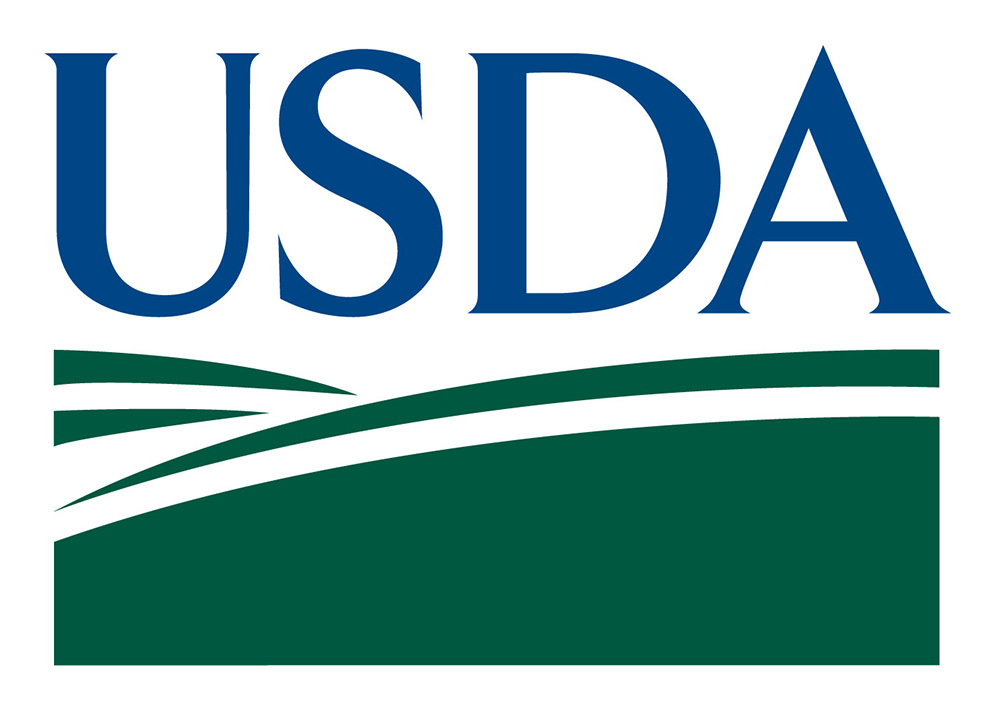USDA Proposes Changes to Single-Family Loan Programs

USDA’s Rural Housing Service (RHS) today issued a proposed rule that would implement several changes to its single-family direct and guaranteed loan programs.
The proposed rule would modify the income eligibility standards for both the Section 502 Guaranteed Rural Housing Loans and Section 502 Direct Home Loan programs. Specifically, RHS would adopt a two-tier income limit structure, also known as income banding, which bands together one- to four-person households using the four-person income limit, and five- to eight-person households using the eight-person income limit. For example, the eligibility of a two-person household would be determined by the income limits established for a four-person household. RHS contends that this new structure will provide it more flexibility and allow it to better serve rural families by accounting for economic difference across the country. Under the current income eligibility definitions, the income of a two-person household earning minimum wage could be deemed as too high to qualify for a direct loan in many counties. The two-tier income limits would be published annually by USDA.
RHS also proposes to exclude certain family assets when determining a borrower’s repayment and down payment through the direct lending program. Such excluded assets would include amounts in voluntary accounts such as Individual Retirement Accounts and 401(k) plans, life insurance policies, tax-advantaged college savings accounts, and health savings accounts. Other net family assets would be excluded from the repayment calculation but still be considered when determining a borrower’s down payment amount.
The proposed rule would also change the method RHS uses to determine area loan limits for Section 502 direct loans. Under current rules, most area loan limits are based on “the cost to construct a modest home plus the market value of an improved lot based on recent sales data.” This requires RHS to contract a third party to provide real estate valuations and construction costs. In addition to being a time-consuming process, RHS argues the construction cost valuations often do not reflect the type of homes purchased through the program. Under the proposed rule, area loan limits would be tied to the loan limits used by the Federal Housing Administration’s (FHA) single-family family home purchase programs. RHS will set each area’s limit as a percentage of the FHA limit each year based on housing market conditions and trends.
RHS is accepting public comment on the proposed rule until October 30, 2018. NCSHA is reviewing the rule to determine if it will submit comments on behalf of all HFAs. If you have any questions or comments on how the proposed rule would impact your HFA, please email Glenn Gallo by October 19.

